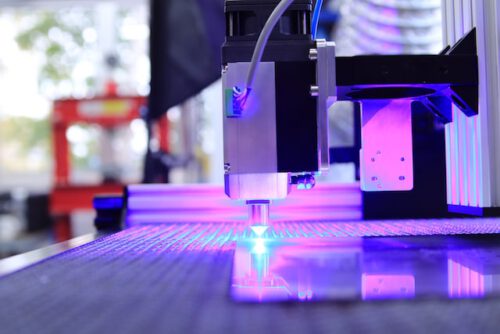3D printing, also known as additive manufacturing, is the process of creating a physical object by building it up layer by layer using a 3D printer. This technology has the potential to revolutionize the way we manufacture and produce goods, as well as create new opportunities in a wide range of industries.
One area where 3D printing is likely to have a significant impact is in the field of manufacturing. 3D printing allows for the production of custom and one-off parts and products, as well as the ability to manufacture on demand. This can lead to significant cost savings and increased efficiency, as well as the ability to produce products that would not be economically viable using traditional manufacturing methods.
Another area where 3D printing is likely to have a significant impact is in the field of healthcare. 3D printing can be used to produce custom medical devices and prosthetics, as well as to create customized medical implants and surgical guides. In addition, 3D printing can be used to produce human tissues and organs, which has the potential to revolutionize the way we treat diseases and injuries.
The future of 3D printing is likely to see continued growth and innovation, as well as the emergence of new applications and materials. One area of potential growth is in the use of 3D printing for the construction of buildings and infrastructure. 3D printing can be used to produce custom building components, as well as to print entire structures, which can lead to significant cost savings and increased efficiency.
Overall, the future of 3D printing is likely to be transformative, as it has the potential to revolutionize the way we manufacture and produce goods, as well as create new opportunities in a wide range of industries. While there are challenges to be addressed, such as issues related to scalability and the environmental impact of 3D printing, the potential benefits are significant, and 3D printing is likely to play a major role in the future of manufacturing and production.



